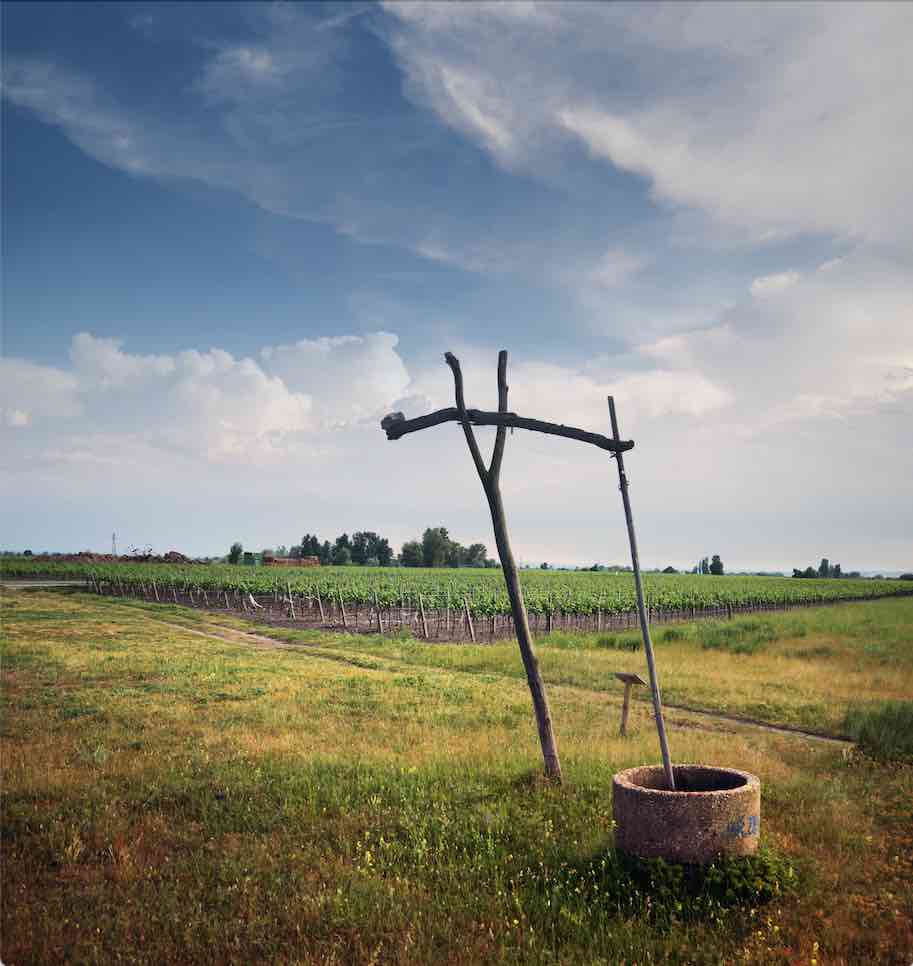
The Seewinkel, originally the area east of Lake Neusiedl in the area of the towns of Podersdorf, Apetlon and Illmitz, is known worldwide for its noble sweet wines. The indication of the narrower origin “Seewinkel” for noble sweet Neusiedlersee DAC Reserve is only permitted if the grapes come from the communities of Apetlon, Illmitz and/or Podersdorf.
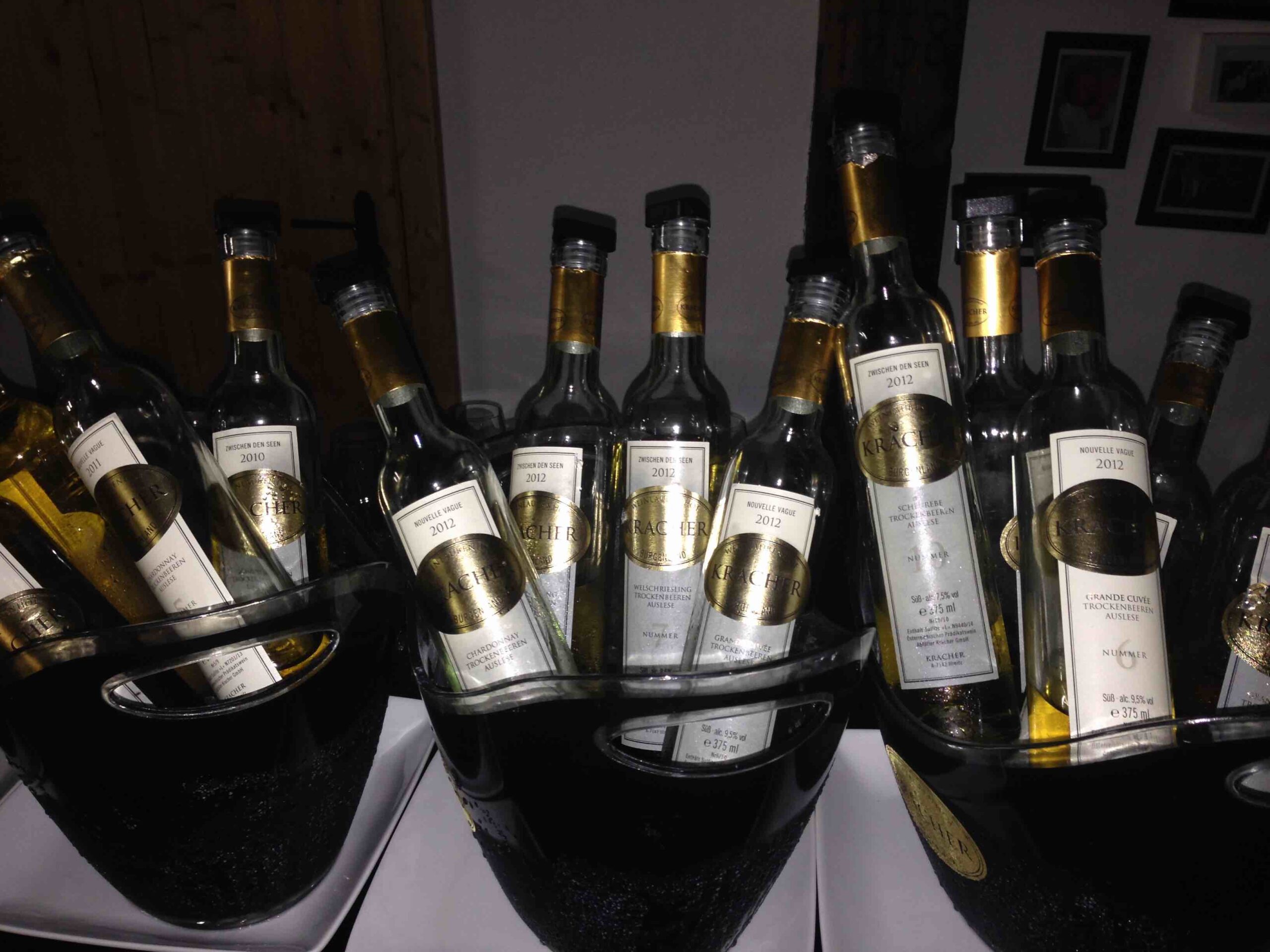
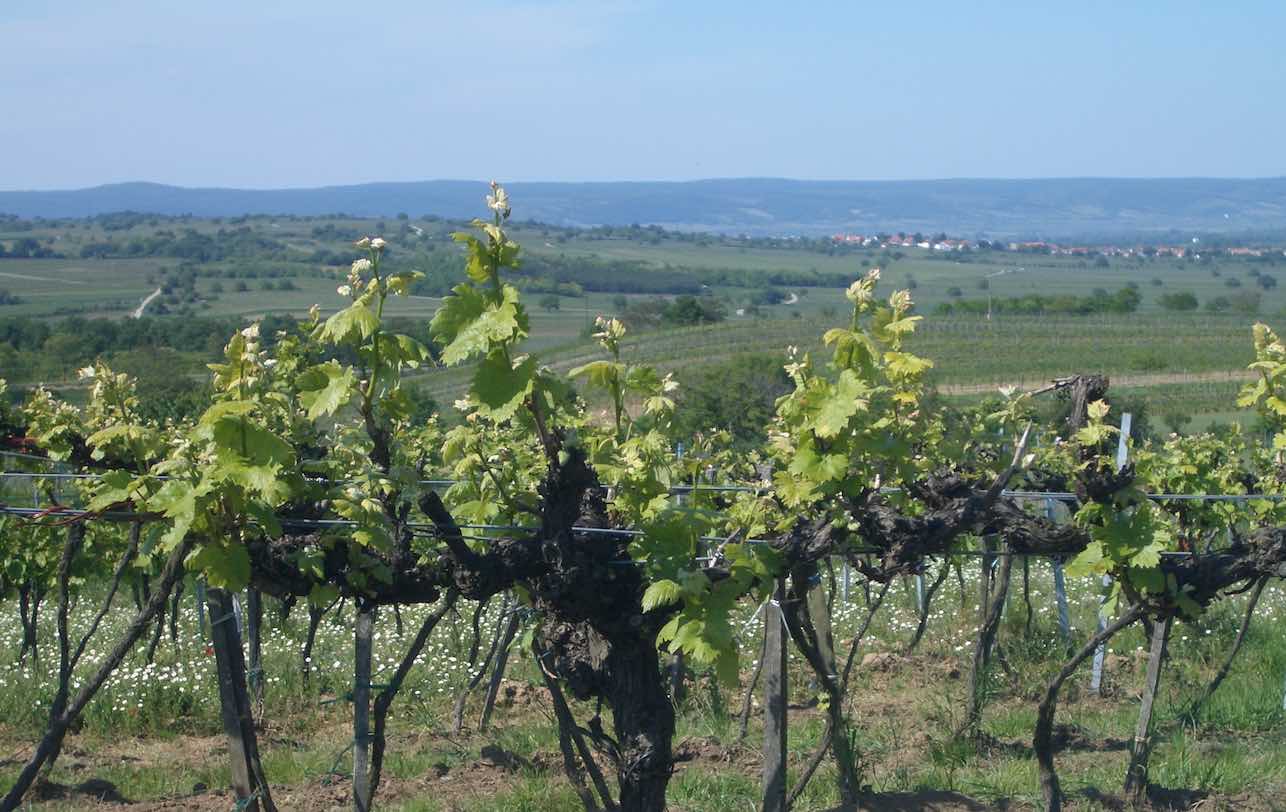
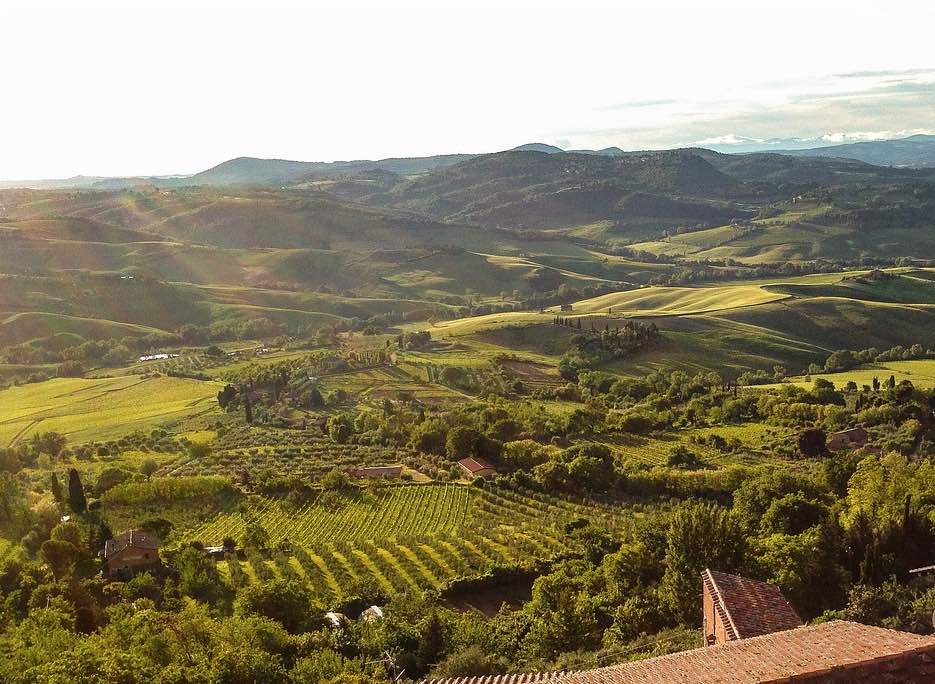
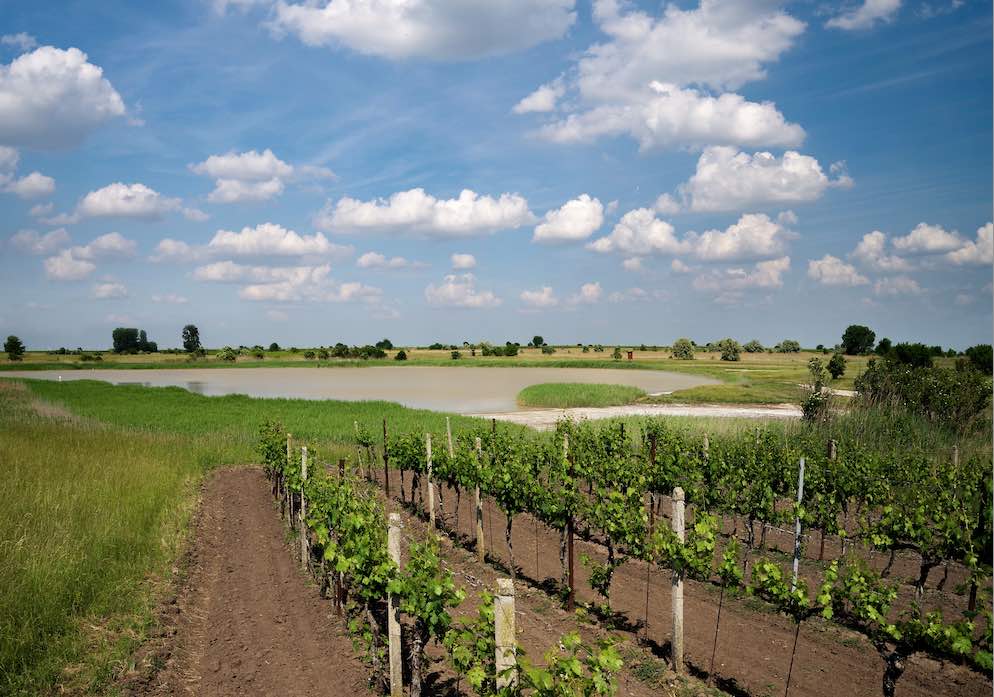
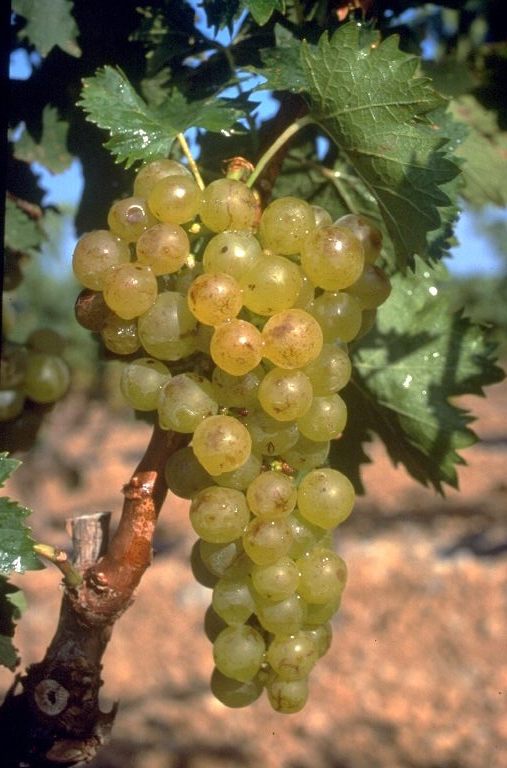
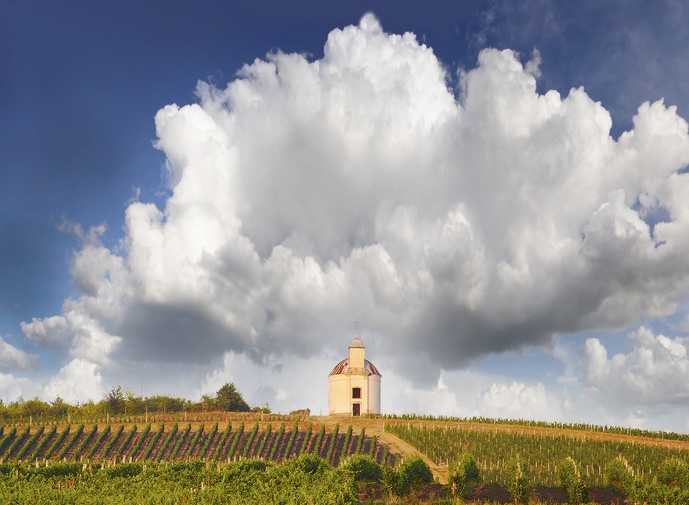
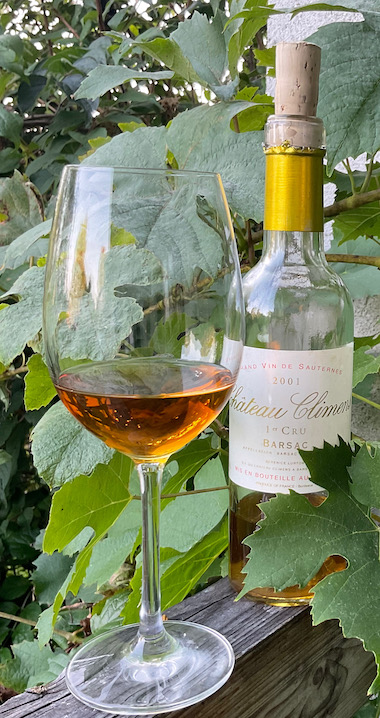
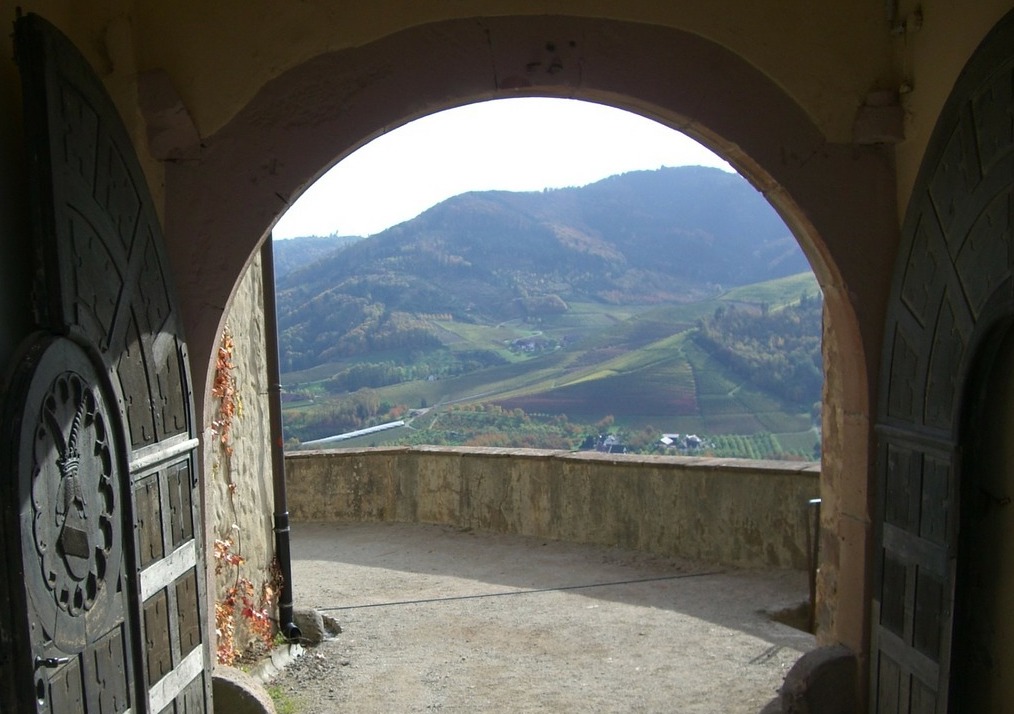
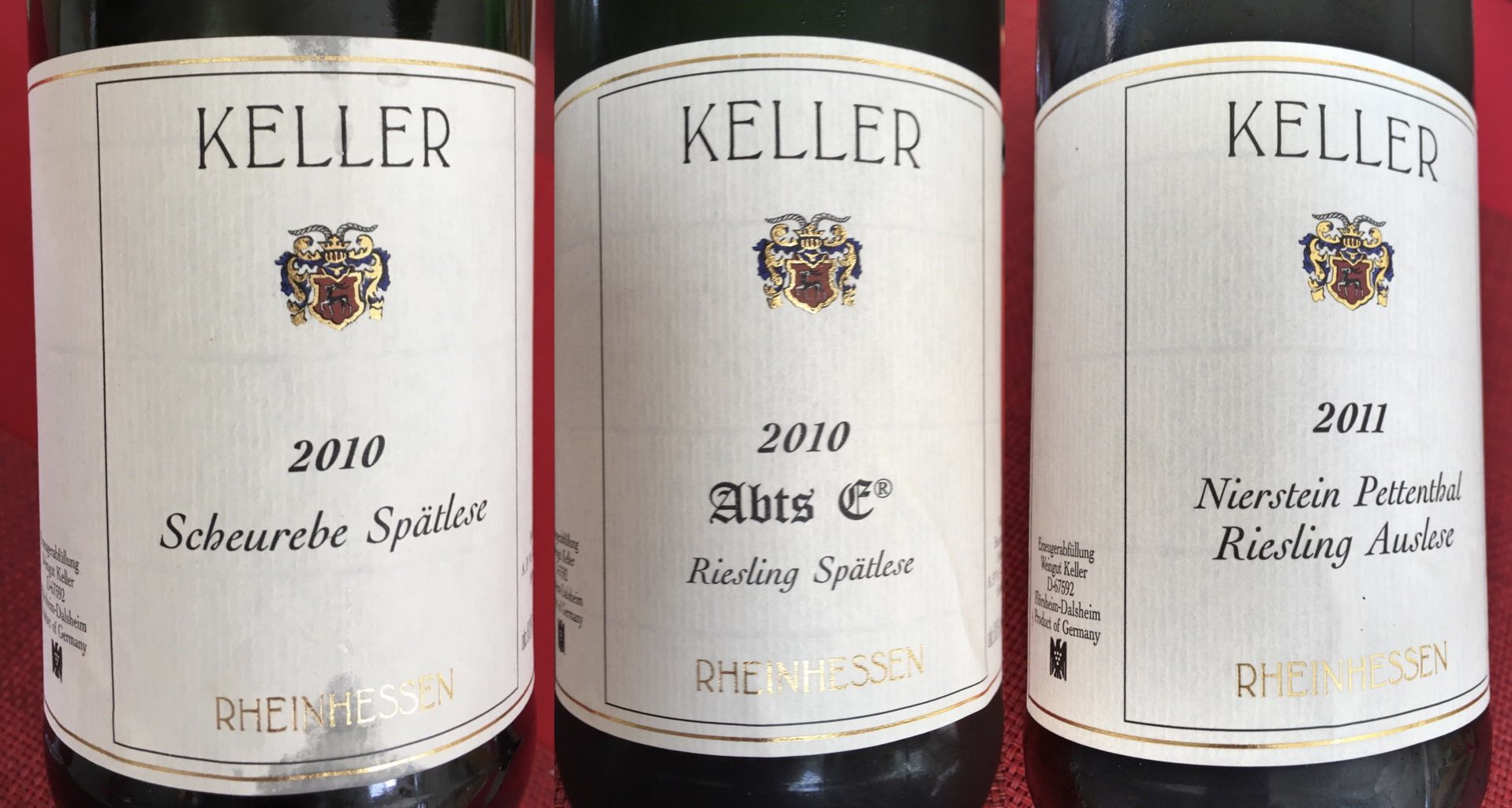 Hans had invited to taste sweet wines (
Hans had invited to taste sweet wines (